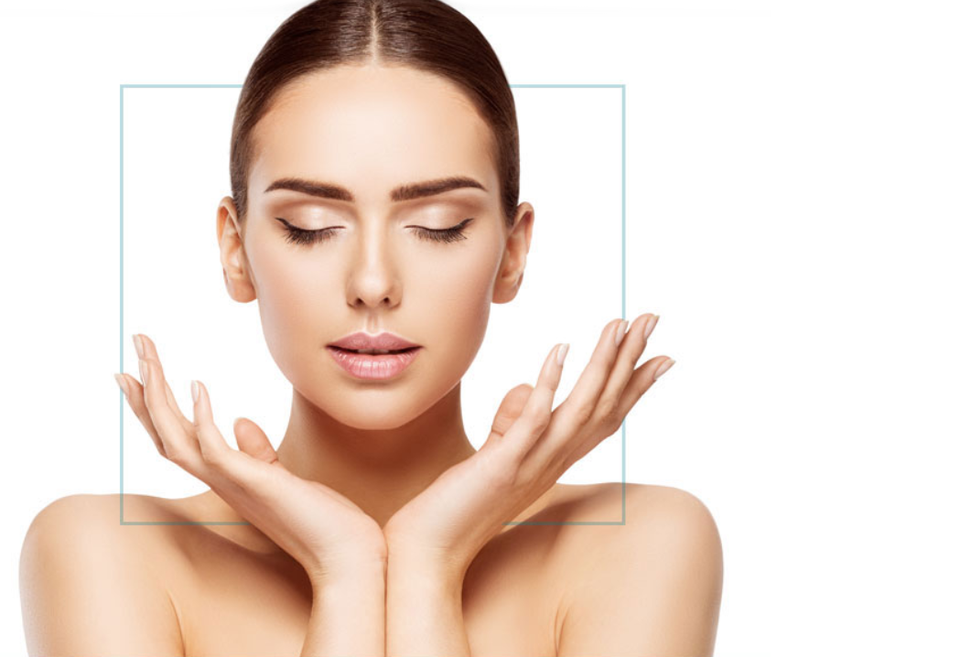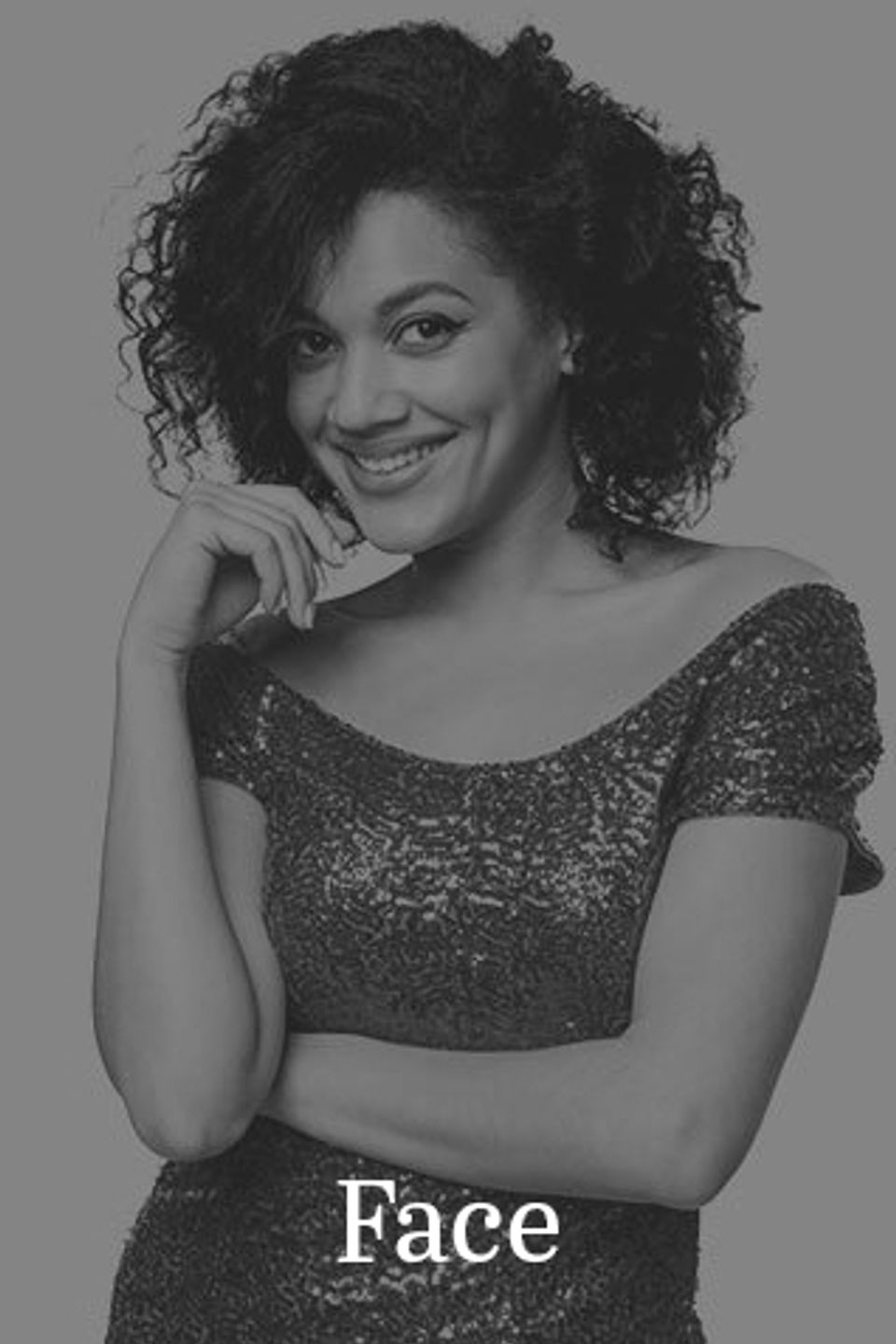What is blepharoplasty?
Eyelid surgery, commonly called an eye lift or blepharoplasty, is a surgical procedure performed to improve eyelids’ appearance. Surgery can be performed on the upper lids, lower lids, or both, and it may involve removing excess skin muscle and fat from the skin around the eyes.
As we age, our eyelids stretch, and the muscles supporting them weaken, resulting in excess fat gathering above or below the eyelids, sagging eyebrows, droopy upper lids, and under-eye bags. Blepharoplasty offers a lasting solution to these issues.






